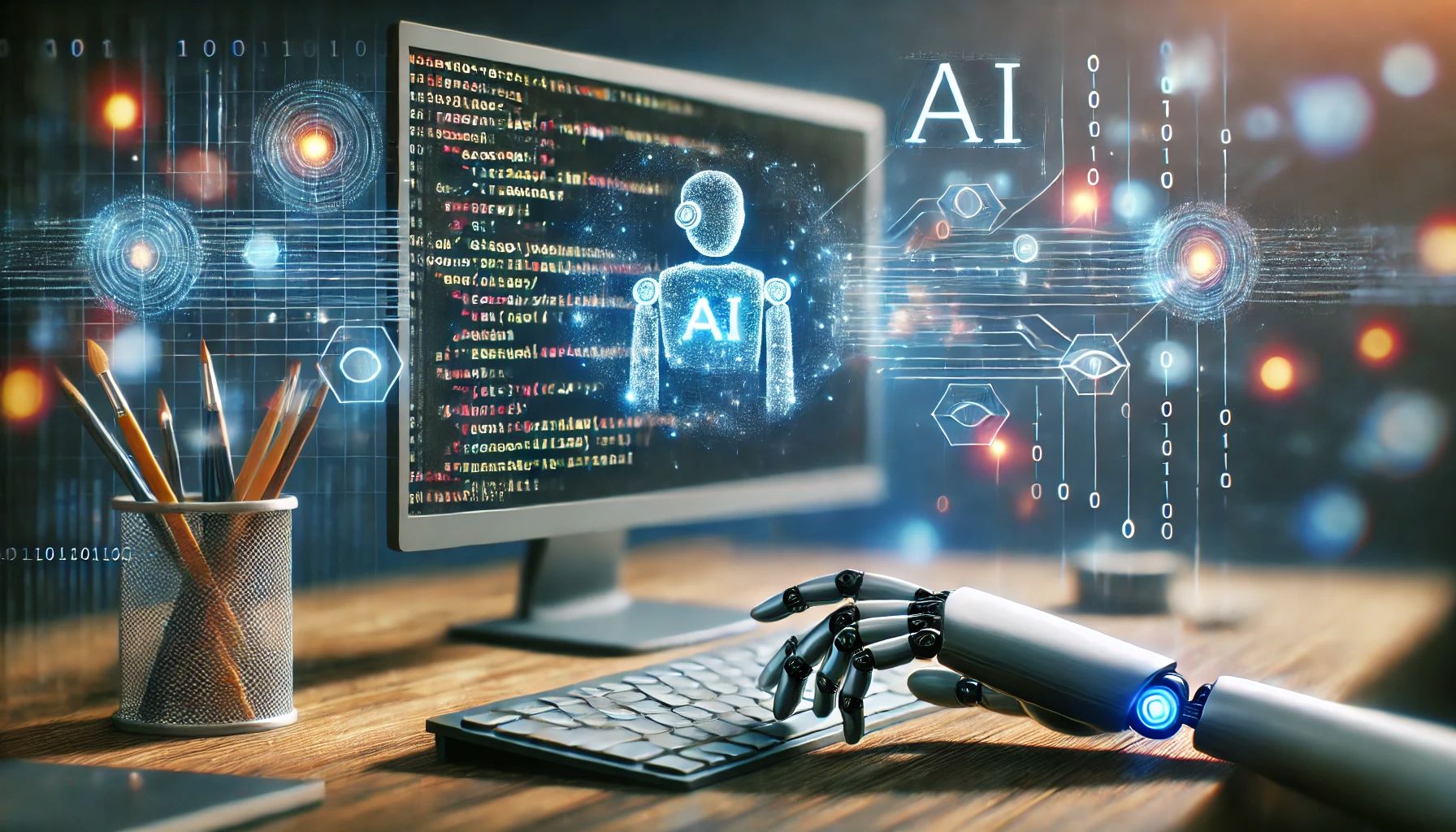Artificial intelligence is transforming the business landscape at a pace never witnessed before, and it is not over yet. As we enter 2024, staying up-to-date on the latest trends is good for business leaders but essential if they want to maintain a competitive edge. Here are some AI trends that every business leader should know:
Generative AI Enters the Mainstream
Now that Generative AI is beyond the novelty stage, it has become a crucial part of businesses going forward. Platforms such as https://strictly.ai help organizations harness the power of Generative AI to create content from text to images, and even code, reshaping industries in unprecedented ways.
Content Development and Promotion: Generative AI is simplifying content generation. Marketeer can now develop tailored campaigns in bulk. It can help businesses find ideas, write copy, and even design visual assets in ways that would be impossible or extremely inefficient without such technology.
Product Development: Generative AI cuts the cycle of innovation down in areas of engineering and design and accelerates prototype development. This leads to faster innovation cycles and more creative solutions.
AI Assisted Decision Making
Artificial intelligence is now used to a wide extent in enhancing the decision-making processes within the organizations.
Data Analysis: AI algorithms can handle humongous volumes of data at incredible speeds and yield insights that no human mind can derive manually. This is particularly valued by industries such as finance and health care, where decisions are made with data as the foundation.
Predictive Analytics: AI models get to better predict trends and outcomes, where businesses can take proactive decisions and prevent disasters from happening.
Customer Experiences Are Improved
AI is changing the way a business interacts with customers. It has helped in creating more personalized and efficient experiences.
Intelligent Chatbots: AI-powered chatbots are available 24/7 for a business; moreover, AI has allowed them to finish transactions and process complex questions.
Personalization at Scale: AI algorithms are enabling businesses to personalize products, services, and marketing efforts to the unique preferences of individual customers, hence increasing the satisfaction and loyalty of individual customers.
AI in Cybersecurity
Cyber threats are growing in complexity, and AI is now increasingly playing an important role in building cybersecurity measures.
Threat Detection: AI systems can analyze traffic patterns of the networks and identify possible security breaches in real-time, often catching threats that more traditional security measures might miss.
Automated Response: AI can automatically trigger immediate responses to the identified threat, for instance, isolate affected systems or adjust security protocols, to minimize damage and downtime.
Ethical AI and Governance
As the indigence of AI is deepening its roots, there’s an increasing concern in ethical use of AI and its governance.
Transparency and Explainability: Firms are making emphasis on AI systems that can explain their decision-making processes, especially where that data is concerning finances and healthcare.
Bias Mitigation: While working on the development of fair and unbiased AI models, we are paying more attention to gender, race, and more protected characteristic-related issues.
AI in Internet of Things (IoT)
AI is merged with IoT to develop smarts and efficiency in diverse sectors.
Smart Manufacturing: In manufacturing, AI is used in IoT devices for optimization of processes, predicting equipment failures, and lowering downtime in factories.
For example, AI is revolutionizing infrastructure of cities; traffic management to proper energy distribution, is making cities work for the citizen rather than against him or her in its entirety.
NLP Developments
NLP has really hit new heights by breaking language barriers and boosting human-to-computer interactions.
Multilingual Competence: Improved translation and interpretation capabilities enable businesses to reach more markets and communicate effectively.
Voice Interfaces: Improved voice recognition and natural language understanding make voice interfaces to devices and applications increasingly prevalent in both consumer and business environments.
Artificial Intelligence in Talent Management and HR
Human Resources is experiencing significant changes through AI transformation in talent acquisition and management processes.
Recruitment: By using algorithms, AI screens and matches resumes against job descriptions and even conducts initial interviews to ease the hiring process.
Employee Engagement: AI-enabled products are helping organizations come up with insights about the sentiment of the employees, predict attrition from the employees, and personalize professional development programs.
Quantum AI
Quantum AI, at its very nascent stage, can bring the best aspects of quantum computing along with AI together. Solutions to complex problems will be found much faster by quantum AI than by any that was known previously.
Optimization Problems: Companies in logistics and finance are also the first to use quantum AI to solve high-dimensional optimization problems which cannot be solved or practically solved on traditional computers.
Drug Discovery: The pharmaceutical industry is now contemplating how quantum AI may be used to accelerate drug discovery and development.
Edge AI
However, as the industry shifts toward edge computing, AI capabilities are now being moved near where the data is generated.
Real-time Processing: Edge AI thus facilitates quicker decision-making since data are processed closer to where they are being generated, thus lowering latency and bandwidth usage.
Privacy and Security: Processing sensitive data on the device rather than in the cloud is part of what makes edge AI an effort to tackle some of the concerns surrounding traditional cloud-based AI systems.
Embracing AI: The Path Forward
These trends will inevitably challenge and offer opportunities for organizations to adapt within every industry. The forward-thinking leaders who are abreast of and adapt their strategies to accommodate this remain in the best position to realize AI’s transformative power.
The key is not in adopting these technologies, per se-but in systematically integrating them in ways that make use of their value within existing business processes and cultures. Where the most successful organizations will be found is in those companies that balance human judgment with artificial intelligence, sending their people back to work empowered rather than replaced by AI.
Conclusion
In summary, trends of AI in 2024 will reshape the business’s operation, competition, and growth. With this awareness and pro-activity, business leaders ensure that their organizations maintain sharpness and become aligned with emerging innovation and efficiency in customer experience and bring new opportunities in an increasingly AI-powered world.



